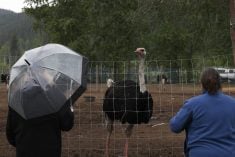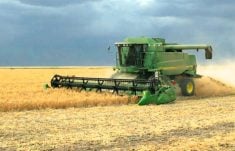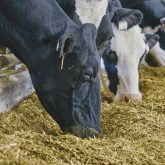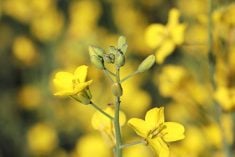One topic has dominated coffee shop talk in Manitoba since late June – the oppressive heat wave that refuses to break.
Adding fuel to the conversational fire, residents of Portage la Prairie, Steinbach and Morden who think this is the hottest summer ever now have evidence to back up their rhetoric. Environment Canada temperature stats indicate this has been the hottest July in Winnipeg since 1936.
After examining the historical data, David Phillips, senior climatologist with Environment Canada, concluded the mean daily temperature, the average of the high and low, was 22.3 Celsius in Winnipeg in July.
Read Also
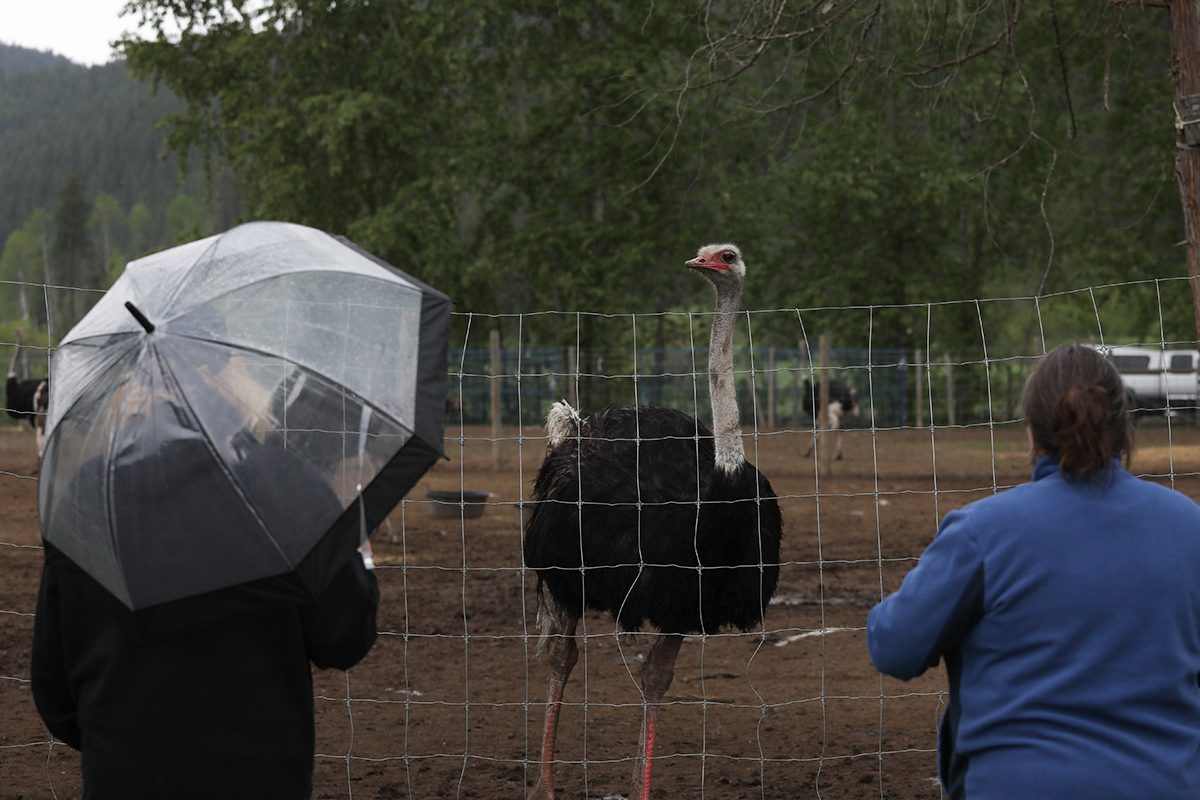
B.C. ostrich owner condemns violence near embattled farm
One of the owners of Universal Ostrich near Edgewood, B.C. condemned the alleged assault and arson against one of the farm’s neighbours said to have been committed by a protestor. The farm is in a legal battle with federal authorities over a cull order of the farm’s ostriches, which contracted avian influenza.
If that figure holds up it would be the hottest July since 1936, when the mean daily temperature was 24.2.
As a testament to how hot it’s been in eastern Manitoba, the thermometer topped 30 degrees 14 times in July and the average daily high for the month was 29.3 Celsius.
Normally, the average daily maximum for the month is 25.8 C in Winnipeg.
“What stood out in my mind… is the number of hot days. There have been 14 of those suckers,” Phillips said, from his home office near Toronto.
“In an average July, there would be four or five (days above 30 C).”
Winnipeg isn’t the only place with torrid temperatures this summer. The average daily high in Brandon was 28.1 C and Estevan, Sask., averaged 28.4 C in July.
Across the Prairies, summer temperatures have been warmer than usual, Phillips said. Conditions on the Eastern Prairies have been exceptionally hot and dry.
“From the broader perspective, Manitoba is looking more like southern areas…. Obviously, a big part of the U.S. is experiencing droughts,” said Andy Nadler, Western Canada operations manager for Weather Innovations, a weather monitoring service based in Ontario.
The Winnipeg weather station recorded 23.5 mm of rain in the month, about a third of normal precipitation for July.
It’s been so hot that Manitoba potato growers had to apply 1.75 inches of irrigated water to their crop over a week in July.
“In some cases it’s been hard to keep up with crop water demand,” Nadler said. “Normally in Manitoba, we’re sort of a supplemental irrigation (region).”
Looking across the Prairies, the Red River Valley is one of few growing regions where rainfall has been well below normal, Phillips said.
Other regions have also been dry but precipitation in the spring carried the soil into the summer.
“You went from the driest winter on record (on the Prairies) to the third wettest spring on record,” Philips said. “That flip flop really saved the bacon and (explains) why the drought in the United States is far worse than on the Prairies.”
In Manitoba, early spring seeding protected many crops from the apex of the summer heat, Nadler said.
“One of the advantages to seeding early is that you can beat that window of the intense heat of July and early August.”
Peering forward, Phillips said the hot, dry weather is expected to persist on the Prairies in August.
Daily high temperatures (Celsius)
Brandon 28.1 25.9
Estevan 28.4 26.5
North Battleford 25.3 24.0
Lethbridge 26.3 25.5
Red Deer 24.1 22.6
(Source: Environment Canada)



